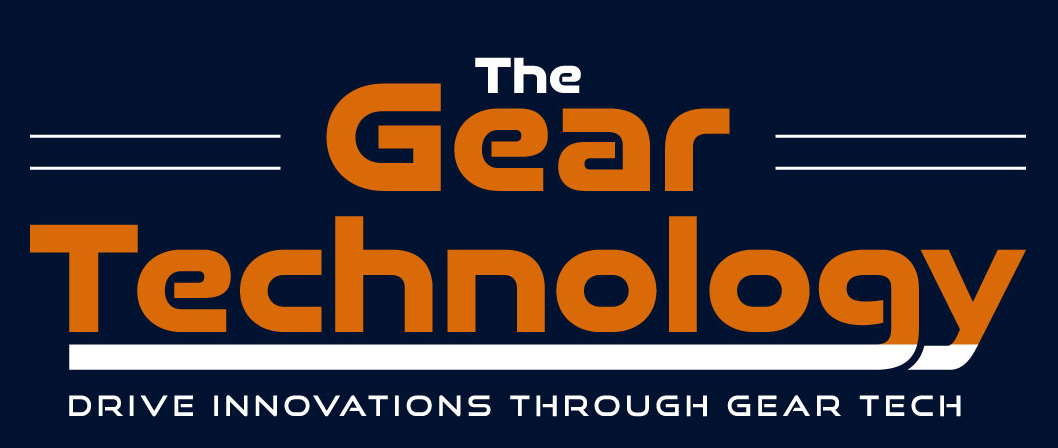Innovations in Gear Tech for Durability & Speed
Gear Materials Innovation and Surface Engineering Techniques Gears are the backbone of motion and power transmission in mechanical systems. Their material properties and surface treatments directly impact strength, energy efficiency, noise levels, and operational lifespan. Today, gear materials innovation and surface engineering in gears are not just enhancements — they’re critical to the competitiveness of […]

Gear Materials Innovation and Surface Engineering Techniques
Gears are the backbone of motion and power transmission in mechanical systems. Their material properties and surface treatments directly impact strength, energy efficiency, noise levels, and operational lifespan. Today, gear materials innovation and surface engineering in gears are not just enhancements — they’re critical to the competitiveness of applications in EVs, robotics, aerospace, and industrial automation.
As gear systems evolve to handle more torque, higher speeds, and tighter tolerances, manufacturers are turning to high-performance gear materials, advanced gear coatings, and durable industrial gears to keep pace with industry expectations. This article dives deep into the latest breakthroughs in materials and surfaces — and how they are revolutionizing gear design and function.
Gear Materials Innovation in Modern Manufacturing

Traditional gear materials like carbon steel, alloy steel, and cast iron have been the workhorses of legacy machinery. However, these materials are giving way to new, high-performance alternatives driven by the need for light weighting, durability, and precision.
Today, gear materials innovation includes:
Nitride steels for high wear resistance
Chromoly alloys for strength and shock load absorption
Powder metallurgy for near-net-shape, high-strength gears
Sintered composites for reducing material waste
In electric vehicles, where noise is a design limitation, gear designers prefer materials with high internal damping, such as high-manganese steels and engineered plastics. These minimize gear whine at high RPMs.
In lightweight applications like drones and wearable tech, carbon-fiber-reinforced thermoplastics are gaining ground due to their superior strength-to-weight ratio, corrosion resistance, and thermal stability.
Additive manufacturing is also unlocking new geometries and material combinations that were previously impossible, pushing the boundaries of smart manufacturing in gear design.
Gear Surface Treatment and Coating Advances
While the core material defines the gear’s mechanical properties, the surface is the first line of defense against wear, friction, corrosion, and heat. That’s where surface engineering in gears plays a crucial role.
Surface treatments currently dominating the industry include:
- Case hardening: hardens only the surface while preserving core toughness
- Carburizing and nitriding: ideal for gears exposed to high contact stresses
- Induction hardening: localized hardening that avoids warping the gear
One standout gear surface treatment is Physical Vapor Deposition (PVD), where a thin ceramic or metallic layer is vapor-deposited on the gear. This coating significantly increases surface hardness and reduces friction, ideal for aerospace, robotics, and marine gears.
Another method, plasma nitriding, diffuses nitrogen ions into the gear surface at low temperatures, preserving the gear’s shape while providing exceptional fatigue resistance. This is especially effective in high-load precision applications.
High-Performance Gear Materials for High-Speed Systems
Gears that operate at high rotational speeds or under continuous load cycles face enormous stresses. The materials used in these applications must be thermally stable, resistant to microstructural fatigue, and dimensionally stable under heat.
Common high-performance gear materials include:
- Titanium alloys: ideal for aerospace due to their light weight and strength
- Carbide-reinforced metals: used in precision machinery for wear resistance
- Maraging steels: offering high tensile strength and minimal distortion
- Nickel-based superalloys: used in high-temperature environments like jet engines
Some industries are turning to hybrid materials, where the gear core is made from high-strength steel, and the surface is coated with low-friction polymers. These dual-function gears perform well in robotics and industrial automation where quiet operation and extended life are non-negotiable.
Advanced Gear Coatings and Nanotechnology
One of the most exciting fields in advanced gear coatings is nanotechnology. Nano-coatings are ultra-thin protective films — often less than 1 micron — that offer massive improvements in surface hardness, corrosion resistance, and chemical stability.
Diamond-like carbon (DLC) coatings, in particular, are redefining what’s possible in micro gear systems. These coatings exhibit extremely low coefficients of friction, enabling smoother gear meshing with less heat and noise.
In sectors like medical robotics, microsatellite systems, and surgical equipment, these coatings deliver exceptional performance in compact, high-stakes environments.
Another innovation, ceramic nano-coatings, provides both thermal insulation and resistance to chemical attacks. They’re particularly useful in industrial settings where gearboxes operate under harsh lubrication conditions or fluctuating loads.
Benefits of Durable Industrial Gears and Treatments
When companies adopt durable industrial gears made with modern materials and coatings, they experience improvements that go beyond just performance:
- Increased Gear Lifespan – Extended MTBF (mean time between failure)
- Reduced Downtime – Predictable service intervals
- Higher Power Efficiency – Better torque transmission with less energy loss
- Lower Operating Noise – Crucial in automotive, EVs, and automation
- Reduced Carbon Footprint – Fewer replacements and less waste
- Lower Total Cost of Ownership (TCO) – Optimized life-cycle economics
These results are why both OEMs and end-users are investing in gear materials innovation and gear surface treatment technologies.
Surface Engineering in Gears Across Key Industries
Different industries have unique expectations from their gear systems. Here’s how surface engineering in gears meets those specific needs:
- Automotive & EVs: Noise, vibration, and harshness (NVH) levels are key; gears must be quiet and energy-efficient.
- Robotics: Precision and repeatability; gears must resist backlash and maintain tolerances over time.
- Aerospace: Operate under extreme heat and mechanical stress; materials like Inconel and titanium are critical.
- Wind Energy: Gearboxes must endure variable loading, remote maintenance conditions, and decades of service.
- Food & Pharma: Require hygienic, anti-corrosive coatings like PTFE and nano-ceramics for cleanroom-grade performance.
In each case, tailored gear surface treatment and materials result in significantly better outcomes.
Inbound Linking Opportunity
Want to see how these technologies are tested? Check out our gear testing and validation guide, where we analyze high-performance gear materials and advanced gear coatings under industrial load cycles.
The Role of Gear Innovation in Engineering
In an increasingly performance-driven world, gear materials innovation and surface engineering in gears are not optional — they are critical enablers of quality and reliability. From gear surface treatment technologies like PVD and DLC, to durable industrial gears made from hybrid or composite materials, the landscape is changing fast.
As industry demands escalate, organizations that invest early in high-performance gear materials and advanced gear coatings will find themselves ahead of the curve — with quieter machines, longer equipment life, and reduced maintenance costs.

